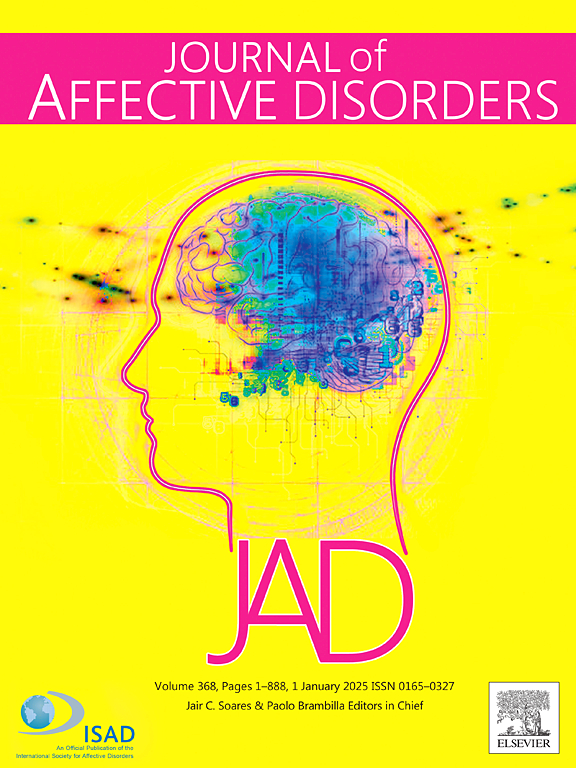Association of sedentary time with school bullying among adolescents in 74 countries: A population-based study
IF 4.9
2区 医学
Q1 CLINICAL NEUROLOGY
引用次数: 0
Abstract
Background
Numerous studies have demonstrated the association between sedentary behavior and bullying among adolescents. However, few have explored the “dose-response” relationship between the frequency of sedentary behavior and school bullying. We aimed to evaluate the “dose-response” relationship between leisure sedentary time and school bullying among adolescents.
Methods
We used data from the most recent Global School-based Student Health Survey (GSHS), conducted between 2009 and 2019 from 74 countries. Multivariable logistic regression analysis was employed to investigate the association between leisure sedentary time and school bullying.
Results
A total of 222,172 adolescents aged 12–17 years from 74 countries were included. Overall, 29.8 % of adolescents reported having sedentary time ≥ 3 h/d, and 14.9 % reported experiencing school bullying. Compared with sedentary time < 1 h/d, increased sedentary time (except for 1–2 h/d: OR = 1.02, 95 % CI = 0.83–1.24) were associated with school bullying (3–4 h/d: OR = 1.16, 95 % CI = 1.01–1.34; ≥5 h/d: OR = 1.40, 95 % CI = 1.23–1.58).
Limitations
The data assessing school bullying and sedentary time were derived from self-reported survey questionnaires, potentially introducing recall bias.
Conclusions
School bullying is still widespread globally, and is associated with an extended period of leisure sedentary time. Efforts to reduce sedentary behavior among adolescents may potentially make a substantial impact on reducing the incidence of school bullying.
求助全文
约1分钟内获得全文
求助全文
来源期刊

Journal of affective disorders
医学-精神病学
CiteScore
10.90
自引率
6.10%
发文量
1319
审稿时长
9.3 weeks
期刊介绍:
The Journal of Affective Disorders publishes papers concerned with affective disorders in the widest sense: depression, mania, mood spectrum, emotions and personality, anxiety and stress. It is interdisciplinary and aims to bring together different approaches for a diverse readership. Top quality papers will be accepted dealing with any aspect of affective disorders, including neuroimaging, cognitive neurosciences, genetics, molecular biology, experimental and clinical neurosciences, pharmacology, neuroimmunoendocrinology, intervention and treatment trials.
 求助内容:
求助内容: 应助结果提醒方式:
应助结果提醒方式:


